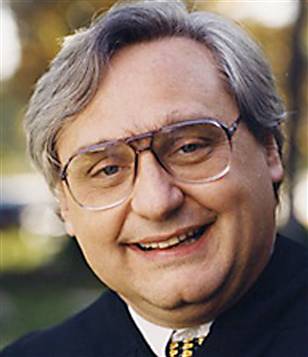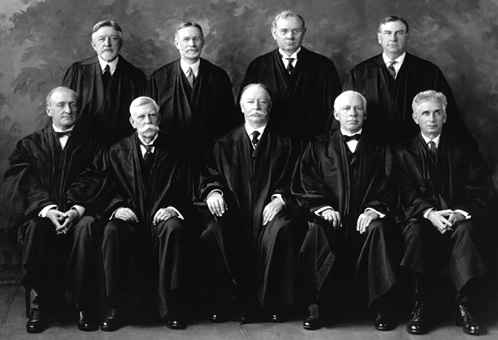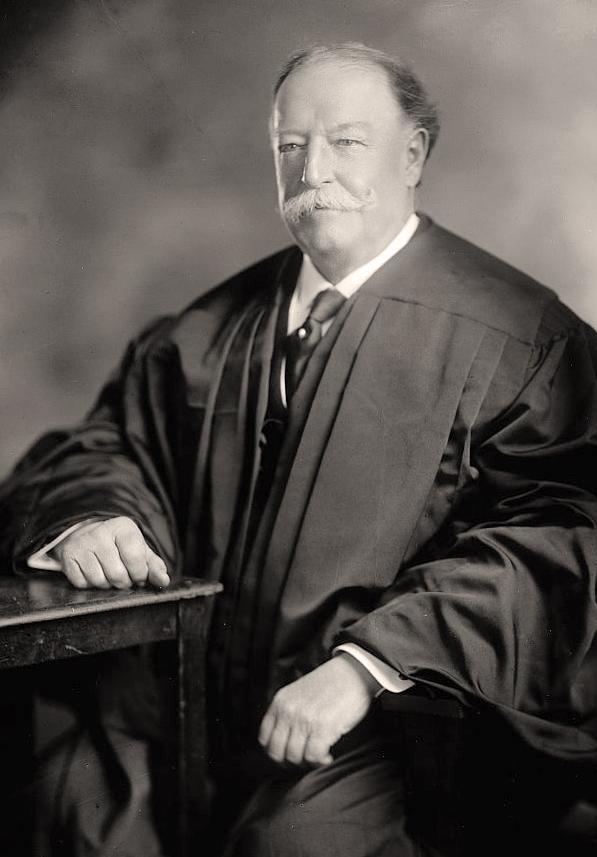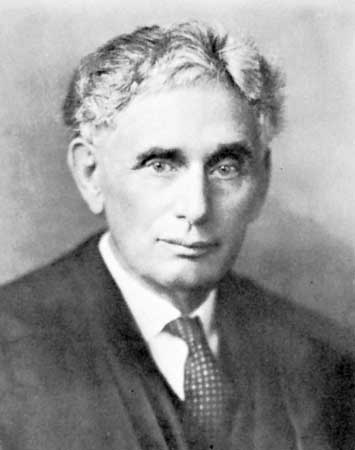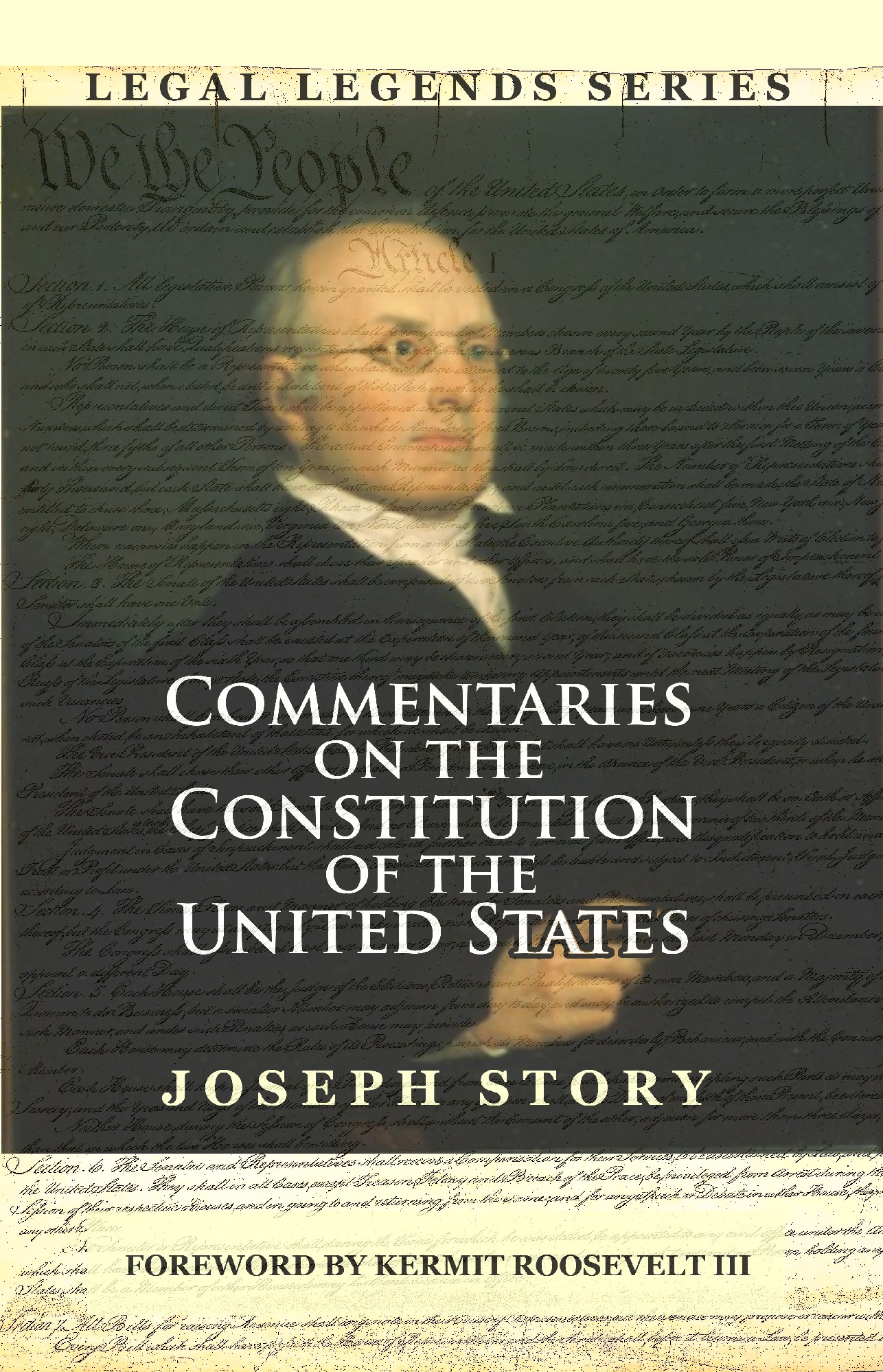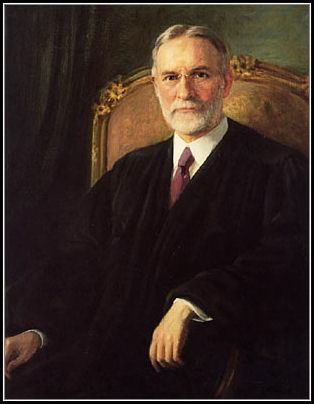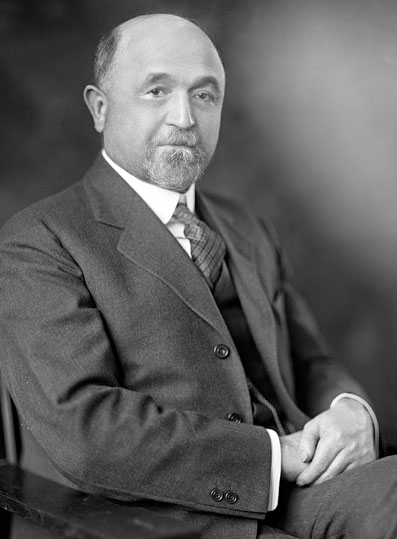Today we will discuss how you can own property in yourself.
The lecture notes are here.
Here is a recent article about the rights of publicity of college football players.
First, we’ll do the case of Vanna White v. Samsung Electronic America.
The dissental was authored by Judge Kozinski, a colorable character on the 9th Circuit.
Here is the image of robot Vanna White. Alas neither of these predictions of the year 2012 came true (well played, Mayans).
Samsung had a series of ads displaying their products in the 21s century.
To learn more about property rights in cell lines, I highly commend you read The Immortal Life of Henrietta Lacks. This article in Salon discusses it.

In 2013, the National Institute of Health reached an agreement to honor Lacks’s memory:
On Tuesday, the National Institute of Health announced it was, at long last, making good with Lacks’ family. Under a new agreement, Lack’s genome data will be accessible only to those who apply for and are granted permission. And two representatives of the Lacks family will serve on the NIH group responsible for reviewing biomedical researchers’ applications for controlled access to HeLa cells. Additionally, any researcher who uses that data will be asked to include an acknowledgement to the Lacks family in their publications.
The new understanding between the NIH and the Lacks family does not include any financial compensation for the family. The Lacks family hasn’t, and won’t, see a dime of the profits that came from the findings generated by HeLa cells. But this is a moral and ethical victory for a family long excluded from any acknowledgment and involvement in genetic research their matriarch made possible.

